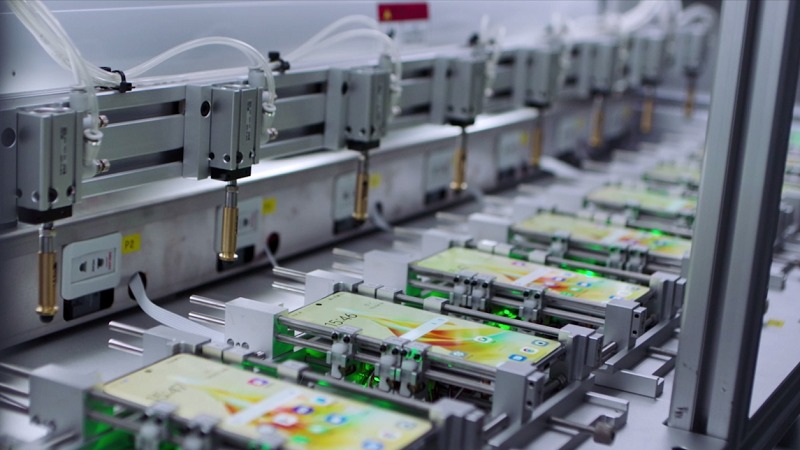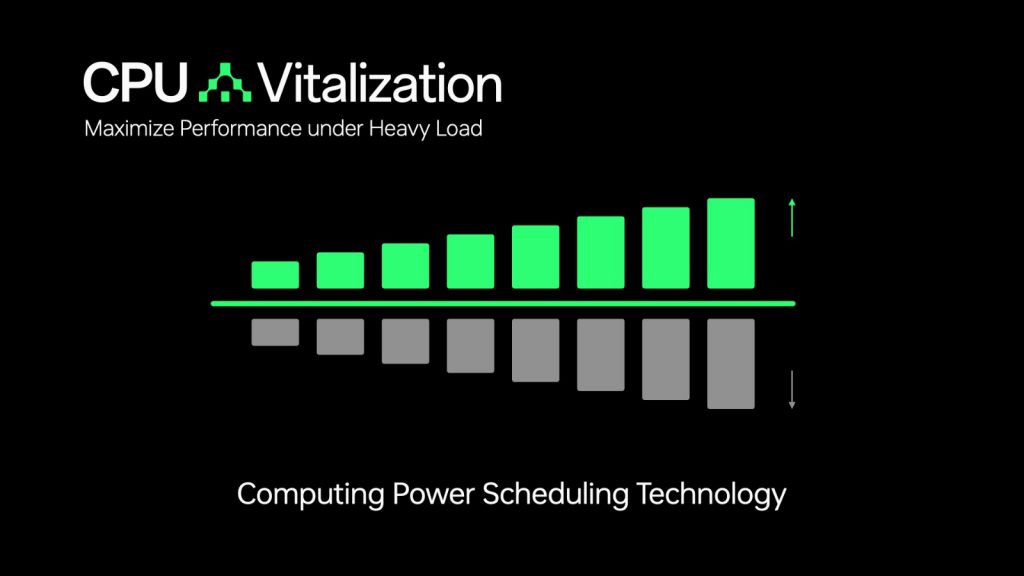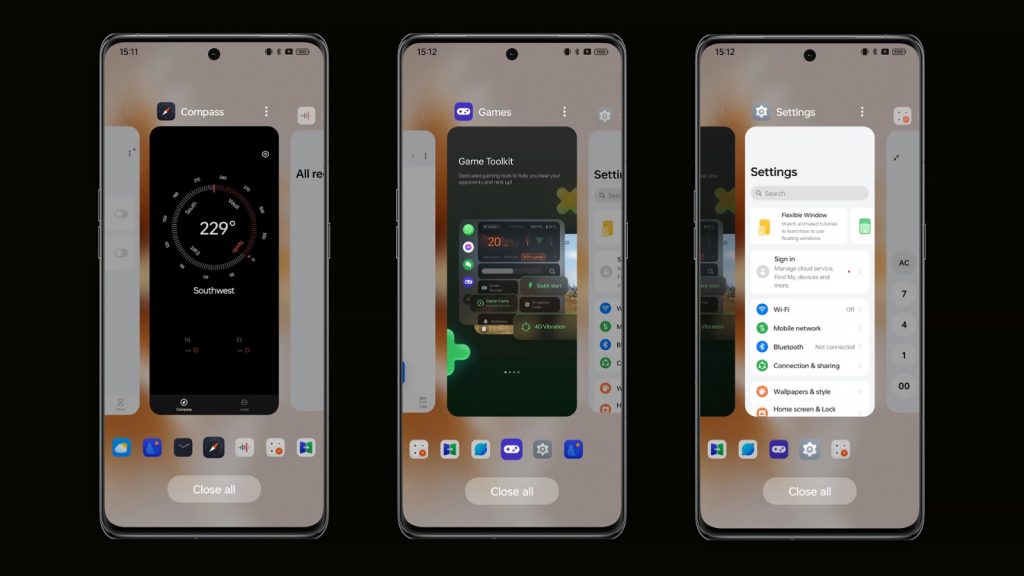
The Tech Powering ColorOS 14’s Trinity Engine, Smart Features, and the Future of AI Integration
As the landscape of computing evolves, so does the definition of performance. In recent years, there has been a shift in the way that people have come to perceive what truly defines top computing performance. Whereas speed was previously seen as the be-all and end-all of computing capabilities, the question of stability and smoothness has steadily moved into the spotlight too. Only by delivering consistent and fluid operations across all types of applications and scenarios is it possible for users to enjoy a real sense of fluency and efficiency. This is a principle that OPPO has embraced and exemplified through a decade of development with ColorOS.
Over the past ten years, OPPO has been working to perfect the balance between rapid responsiveness, rock-steady stability, and silky smoothness with each iteration of ColorOS. By constantly finding new ways to blend the best hardware with the most comprehensive and in-depth optimization of the underlying software, we have elevated the concept of smoothness, and even entire perceptions of performance on Android smartphones, to ensure seamless user experiences in any situation.

‘Visible’ and ‘invisible’ smoothness
One of OPPO’s first breakthroughs in delivering the ultimate smooth user experience came with the release of UI First in early 2020. By prioritizing active applications, UI First prevents background applications from overconsuming system resources causing the drag down towards the overall performance. The result is a significant reduction in noticeable lag and the enhancement of what we call “visible smoothness.”
However, as computing resources were directed into supporting active applications, apps running in the background were being starved of resources and effectively killed. This in turn caused delays when switching between those apps. Meanwhile, The widespread adoption of 5G increased the consumption of high-data media, entering the so-called “rich media” era, and has placed additional processing pressure on the system. To address this ‘invisible’ smoothness issue, OPPO began optimizing ColorOS for better temperature control, stable battery life, and a more continuous and uninterrupted experience.
More human, more consistent
As OPPO’s engineers continued to push the boundaries of smoothness and ColorOS received increasing recognition from tech authorities with its top benchmark scores, the team gradually came to realize that high performance and ultimate speed do not necessarily translate into a more comfortable and “smoother” user experience in all scenarios.

“As a software developer, my instinct was to always make everything as fast as possible. It’s easy for us to fall into the habit of pushing to deliver the best results from a numbers perspective,” said Hansheng Hong, Director of Software Technology Planning, at OPPO.
“For example, we are capable of doubling the current speed of our animations, but when the user actually sees them, they appear too abrupt. Realizing this has completely changed my point of view and taught me that it’s pointless to compete on data alone.”
The brand-new Aquamorphic Effects in ColorOS 14 showcase how this insight has been put into practice. Contrary to what might be expected, the animations of these new effects have actually been optimized by reducing the speed from 380 milliseconds to a more user-friendly 750 milliseconds. By refining the dynamic effect logic in ColorOS 14, every interaction has been made more intuitive and fluid.
This is just one example of how OPPO has introduced Human Factors Analysis into the design of the OS. This is a discipline that specializes in the study of human interaction with machines and environments in order to make machines or systems more adaptable to human physiological and psychological characteristics. Through Human Factor Analysis, Hong learned that the human eye can only detect changes at intervals of about 100-150 milliseconds or more. If changes occur in less than 100 milliseconds, most people simply cannot tell the difference. This means that, even if the hardware is capable of doing so, there is no reason to engineer system response times as low as 50 milliseconds.
